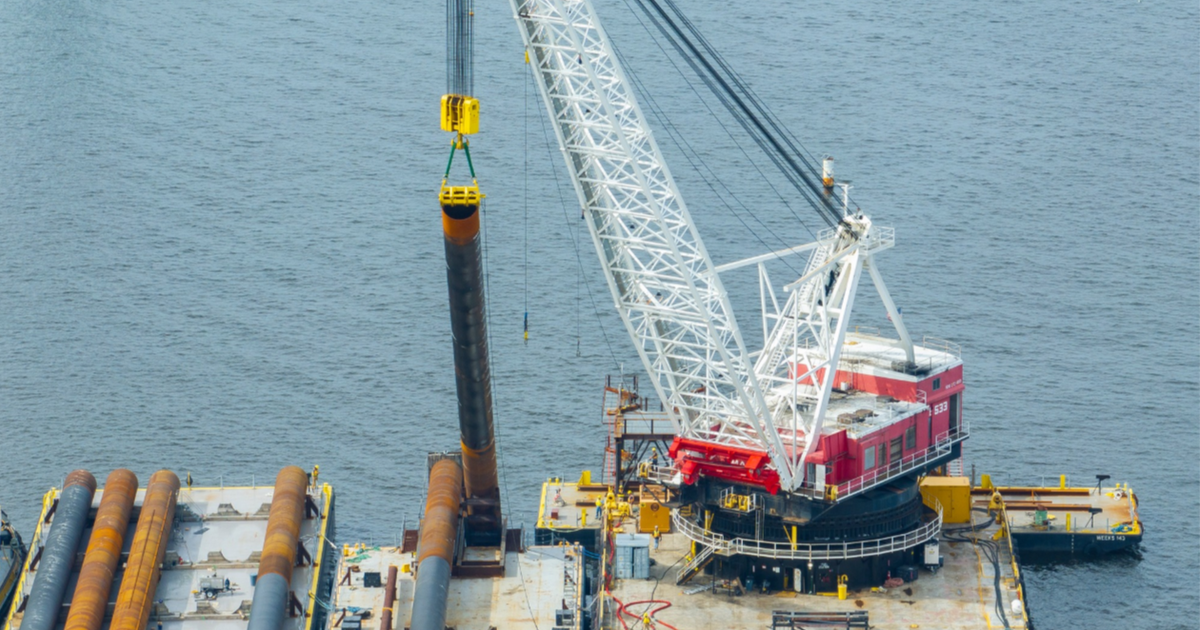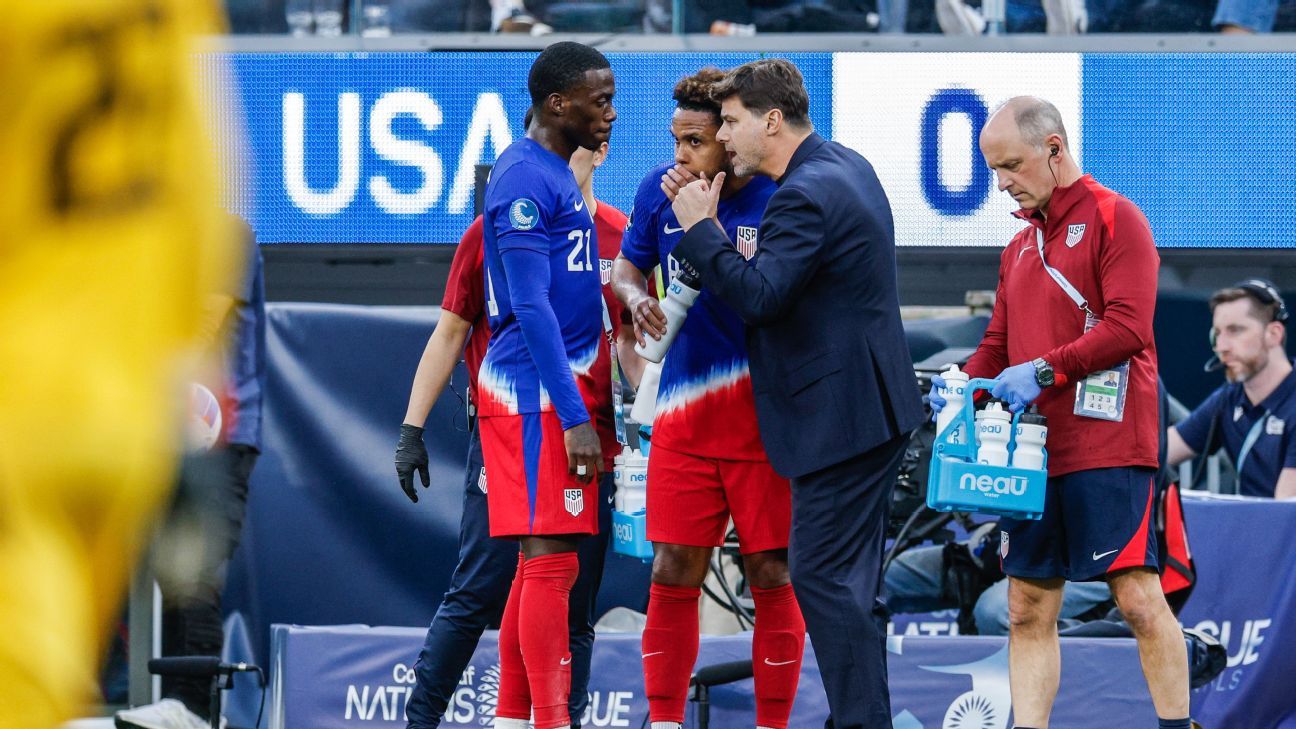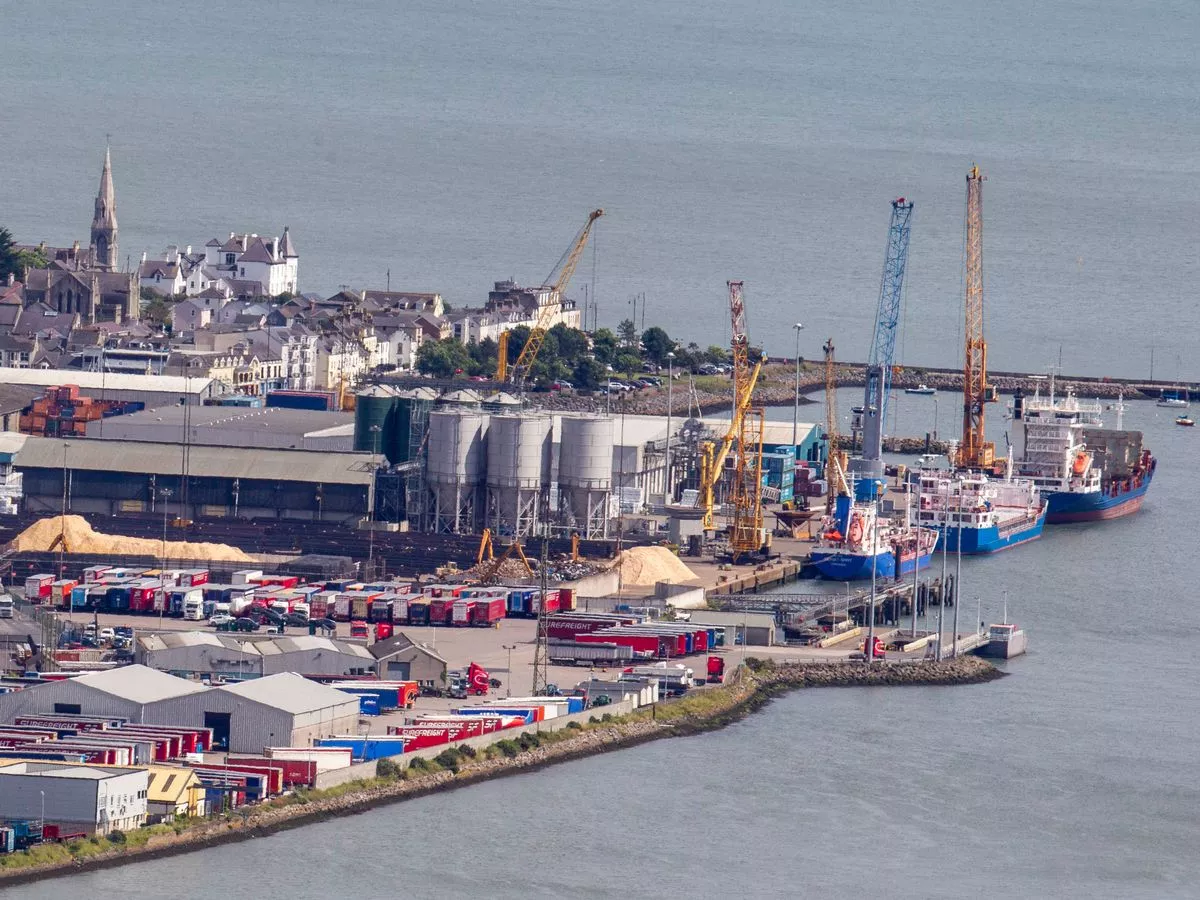
The work to rebuild Baltimore’s Francis Scott Key Bridge, with the first test pile installed in the Patapsco River.
According to the Maryland Transportation Authority (MDTA), those piles are eight feet in diameter and more than 200 feet long. Twelve of the test piles will be driven into the riverbed, two per week for the next month and a half.
The test piles will determine the load-bearing capacity and confirm the overall design’s integrity and feasibility. The piles will support a floating pier, which is built to absorb impact.
“We’re going to drive [steel piles] them into the Patapsco. We’re going to place some testing equipment on them that exerts a lot of force, and then that tells us a lot of key information about the geotechnical conditions below ground… They should be able to redirect or absorb an impact without compromising the bridge structure,” Jason Stolicny, the deputy director at MDTA, said last month.
Some of those test piles may be reused in the permanent bridge.
How did the Key Bridge collapse?
The Key Bridge collapsed into the Patapsco River on March 26, 2024, after it was struck by the Dali, a 948-foot cargo ship, while departing from the Port of Baltimore.
The bridge collapse killed six construction workers and closed the port for nearly three months. The closure prompted shipping delays and a host of concerns from businesses across the region.
The crash also opened the door for billions of dollars in lawsuits. As of May, more than 20 entities notified the state of their intent to sue, the Washington Post reported. Others are planning to join the state in blaming the Dali’s owner and operator for the crash.
According to a report by the National Transportation Safety Board (NTSB), the Dali lost power several times before ultimately colliding with the bridge.
In March 2025, NTSB blamed the Maryland Transportation Authority (MDTA) for failing to conduct a vulnerability assessment. NTSB said the assessment would have helped identify structural risks on the bridge before the collision.
“The Key Bridge, like other bridges in America, was approved and permitted by the federal government and in compliance with those permits,” MDTA said in response to the report.
In August, Maryland Gov. Wes Moore and several other federal lawmakers toured the Key Bridge construction site.
The lawmakers said at the time that federal funding is secure.
“Those funds are set in stone,” Maryland Senator Chris Van Hollen said. “They’re set in statute, and I’m glad that they also give this project and everybody involved the certainty that those monies will be there as they need them.”
The Francis Scott Key Bridge rebuild project is budgeted to cost approximately $2 billion and is expected to be completed by the end of 2028.
In December 2024, Maryland lawmakers announced that the federal government would cover the full cost of the rebuild.
U.S. Senators Chris Van Hollen and Ben Cardin said the funding for the Key Bridge rebuild was wrapped into last year’s federal spending bill, known as a continuing resolution, which keeps the government operating.
Easing the environmental impact?
In August, the MDTA said it was making a few changes to the proposed design of the Key Bridge, which would hopefully limit some of the environmental impact.
MDTA is proposing moving the new bridge approximately 260 feet southeast of the current bridge site. Moving the footprint of the new construction will allow the new bridge to be built while demolition of the former bridge continues.
“We saw this as a win-win to get to the key construction elements as quickly as we can, while also minimizing the overall impacts of the project,” said Jason Stolicny, deputy director at MDTA. “By moving the bridge, the removal of the existing bridge is no longer one of the critical elements. We can build the new bridge while we demolish the old bridge.”
The MDTA had to formally request a change to its approved permit, which requires the Maryland Department of the Environment (MDE) to sign off on the new proposal.
The cable stay design of the new bridge will allow the federal shipping channel to expand from 700 feet to about 1,000 feet wide. The base of the bridge will also be raised to 230 feet, which is a 45-foot increase to accommodate ship traffic.
The remaining piers of the former bridge are wedged below the mud line. Dredging these slabs of concrete up could cause a “disruption” in the bay, which MDTA is trying to avoid.
Other changes to the roadway could impact non-tidal wetlands, as the proposed bridge slightly changes the course of I-695 close to the waterway.
What’s next?
Crews have started the demolition process of what’s remaining of the collapsed Key Bridge.
The demolition efforts are expected to take at least nine months with the use of heavy machinery, the state warned.
Crews have been removing slabs of concrete piece by piece, six feet at a time, on the remaining structure.



